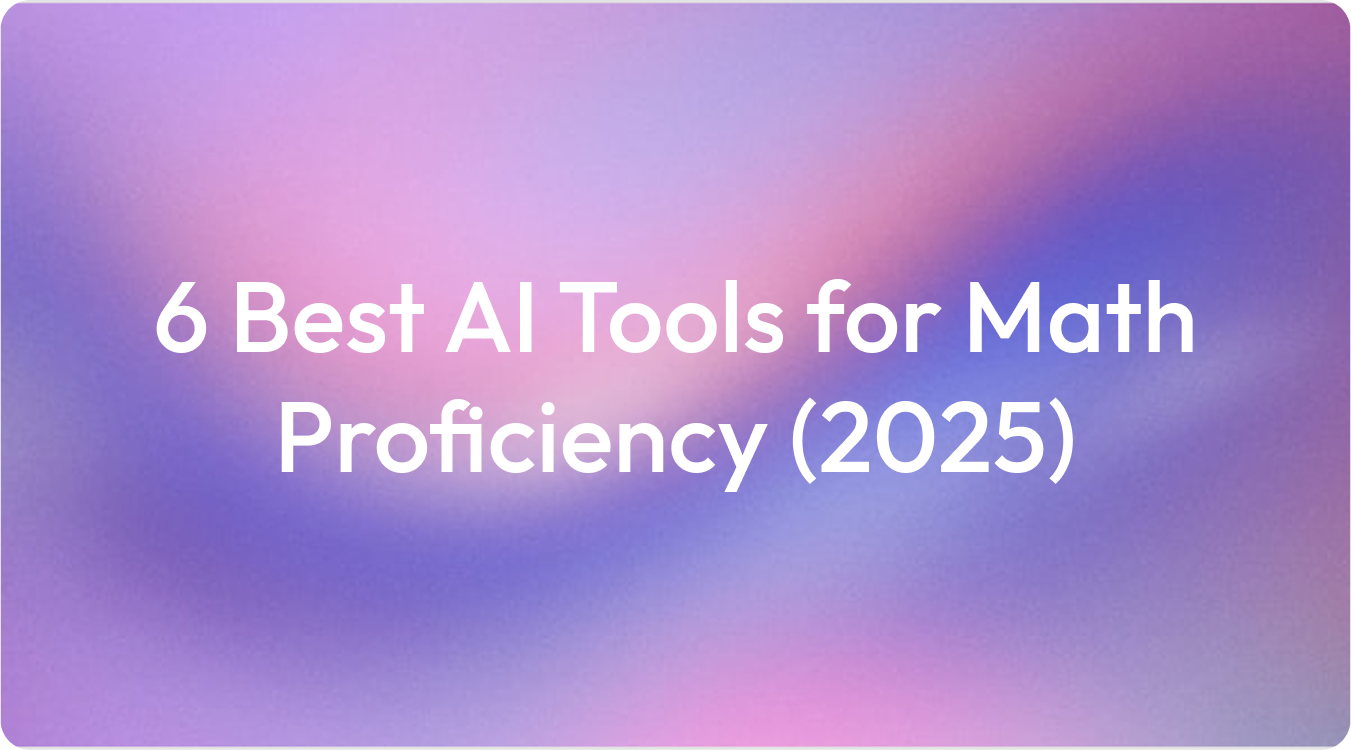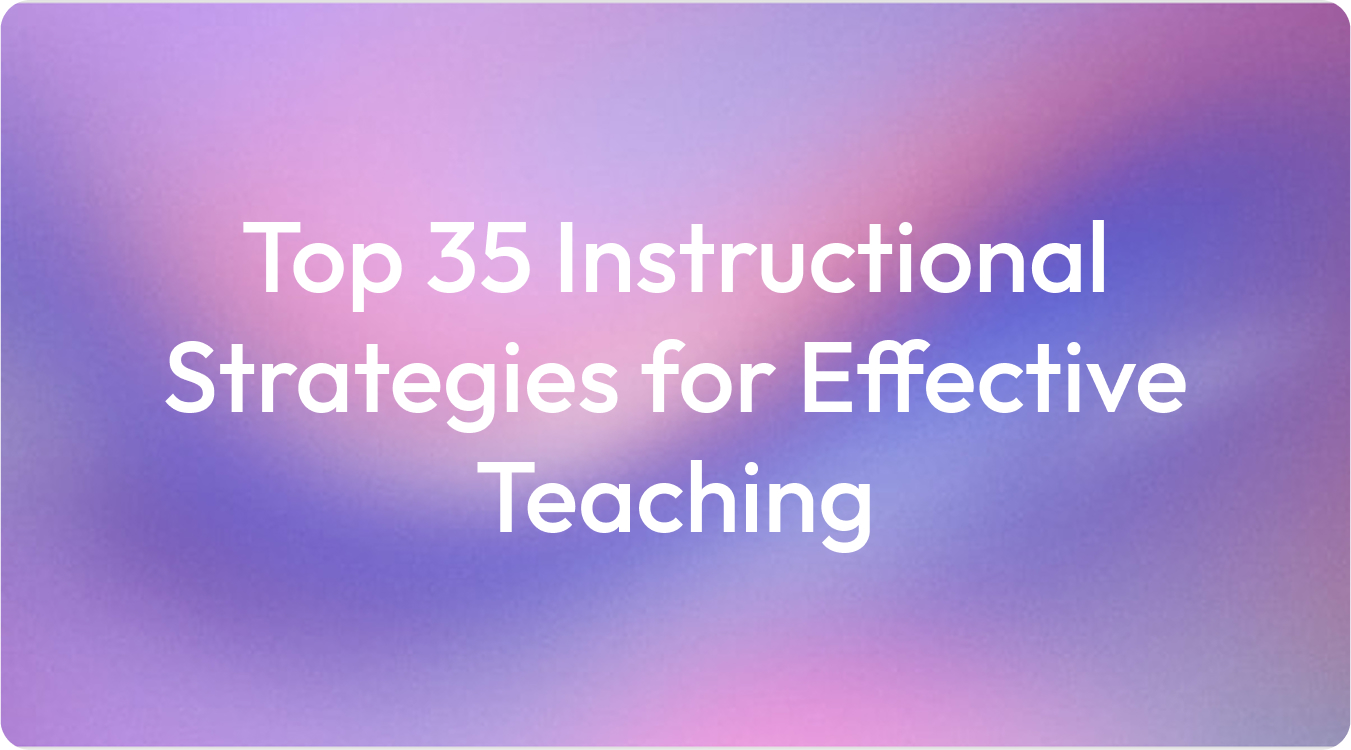6 Best AI Tools for Learning English in 2025
Discover the best AI tools for learning English in 2025. Practise grammar, speaking, and vocabulary, and create personalized lessons with TeachShare.

Teachers often struggle to keep English lessons both structured and engaging. Traditional flashcards and grammar drills can feel disconnected from real-life communication. This leaves students unmotivated.
Artificial intelligence is reshaping that process. It offers interactive tools for learners of all ages. These tools adapt to goals, provide instant feedback, and make practice more engaging.
In this guide, we share the best tools for learning English in 2025. You will see how these platforms personalize lessons, support speaking practice, and help students stay motivated. We will also highlight free options, kid-friendly apps, and tips for choosing the right tool for your needs.
Why AI is Changing English Learning
AI-powered tools act like a personal English teacher available around the clock. They analyze your speech, correct grammar in real time, and adjust lessons to your level. This creates a learning experience that feels both personal and practical.
For example, a 4-month study published in the Computer-Assisted Language Learning Electronic Journal tested AI-powered pronunciation tools in class. The study found that English-major university students improved their pronunciation competence. Teachers also noticed that real-time feedback helped learners adjust their practice.
Key benefits for language learners include:
- Personalized feedback: Tools can highlight pronunciation errors, grammar slips, and vocabulary gaps instantly.
- Adaptive learning: Lessons adjust to your proficiency level and pace, keeping you challenged but not overwhelmed.
- Accessibility: You can practice anytime, whether on a phone, tablet, or computer. Many apps offer free or low-cost versions.
- Engagement through play: Gamified features like points, avatars, and role-play make practice enjoyable and consistent.
The Best AI Tools for Learning English in 2025
We recommend these standout platforms for their innovative use of artificial intelligence and their ability to support different learning goals.
1. TeachShare

TeachShare is more than just a language app. TeachShare uses evidence-based learning science to generate complete, differentiated resources in minutes.
Students gain access to lesson plans, small-group activities, interactive projects, and quizzes. Each resource is tailored to their reading level, goals, and curriculum standards. Built-in teaching tips, answer keys, and scaffolding support help every learner progress with confidence.
For learners of English, this means resources that feel personal and practical, whether they are building vocabulary, strengthening grammar, or engaging in meaningful English speaking practice that accelerates real-world communication skills.
Start creating personalized, standards-aligned English resources in under 3 minutes with TeachShare. Build quizzes, interactive projects, and small-group activities today to make learning more engaging and effective for every student.
You can even use our ready-made Back-to-School Template to kick off the new term with differentiated lesson plans, student goal-setting sections, and fun icebreaker activities.
2. ChatGPT

ChatGPT is a versatile AI tool for practicing communication skills and improving grammar. It supports learners who want real-world practice and clear explanations in one place.
Learners can role-play everyday situations like ordering food, preparing for job interviews, or practicing small talk. The tool also breaks down grammar rules in plain language and helps refine writing, making it especially valuable for intermediate and advanced students aiming to build fluency and confidence.
- Pros: Provides unlimited conversation practice in realistic scenarios, explains grammar rules clearly and simply, and helps improve writing style and accuracy.
- Cons: Responses may lack nuance or cultural context, and the tool can be less effective without clear prompts from the user.
Best for: Intermediate and advanced English learners who want to strengthen real-world communication skills and grammar, and teachers seeking an adaptable tool for speaking or writing activities in class.
How to use in class: Assign ChatGPT for quick role-play prompts, grammar checks, or writing practice, then review responses together to reinforce communication skills.
3. Duolingo Max
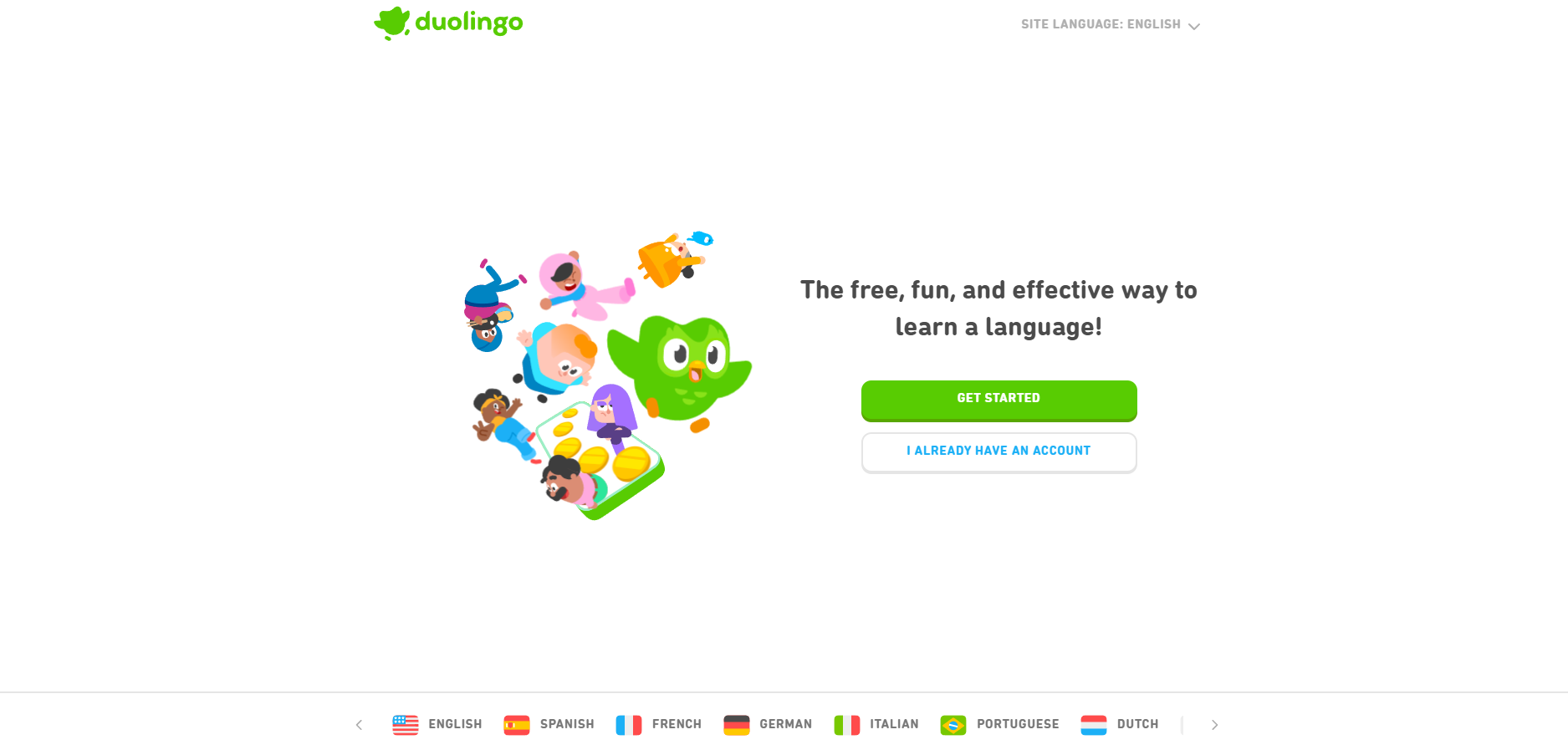
Duolingo Max is the premium version of Duolingo that adds AI-powered features to make language practice more interactive and insightful. It’s designed for beginners who want a playful way to build foundational skills with smarter feedback.
Users can engage in role-play conversations with AI characters, get instant explanations for their answers, and practice consistently within a gamified structure. Courses are available in more than 40 languages, including French, Spanish, Italian, and German.
- Pros: Combines Duolingo’s familiar gamified approach with AI features that offer interactive role-plays, deeper insights into mistakes, and support across more than 40 languages.
- Cons: AI feedback may be limited compared to a human tutor, and the premium tier requires a paid subscription to access these features.
Best for: Beginners or lower-intermediate learners who want to build a habit of daily language practice in a low-pressure, game-like environment, and teachers looking for a self-paced supplement to class instruction.
How to use in class: Use Duolingo Max as an independent practice tool to reinforce vocabulary and grammar between lessons, incorporate its AI role-play feature as a warm-up or speaking activity, and track students’ progress to identify topics needing more in-class support.
4. Elsa Speak
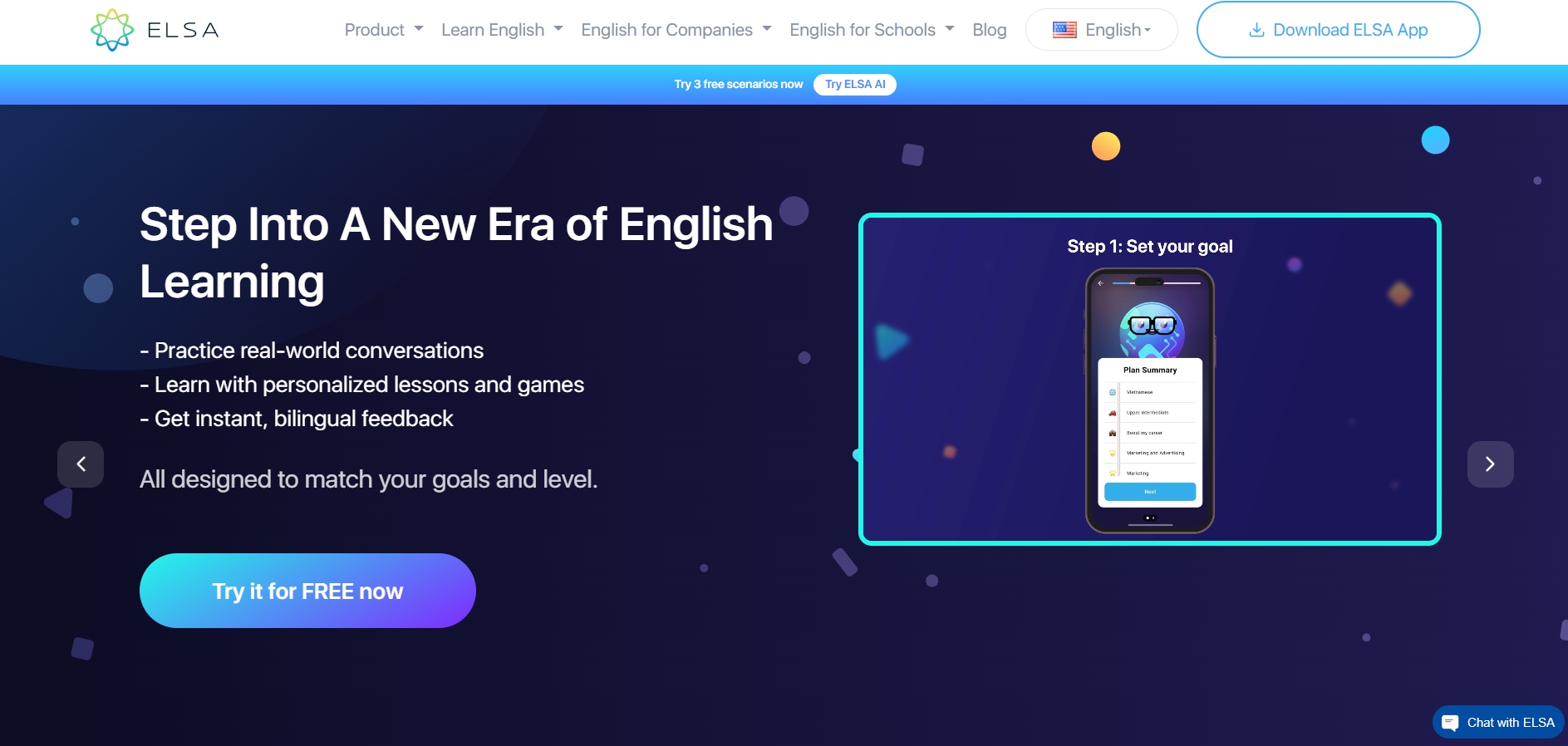
Elsa Speak is an AI-powered app focused on improving English pronunciation and speaking skills. It listens to users’ speech and provides real-time feedback on clarity and fluency to help them sound more natural.
Learners can practice words, sentences, and conversations with targeted exercises designed to correct pronunciation and intonation. The app’s instant scoring and tips make it easier to see progress and build speaking confidence over time.
- Pros: Offers real-time, detailed feedback on pronunciation, includes targeted exercises to improve clarity and fluency, and helps learners develop a more natural-sounding accent.
- Cons: Limited to English practice, requires consistent use for noticeable improvement, and feedback may not capture every nuance of regional accents.
Best for: Non-native English speakers at beginner to advanced levels who want to strengthen their pronunciation and fluency, as well as teachers looking to supplement speaking practice with individualized feedback.
How to use in class: Integrate Elsa Speak as an independent or small-group activity for pronunciation drills, use its feedback reports to identify problem areas for whole-class review, and encourage students to track their own progress.
5. Practika.ai

Practika.ai creates immersive speaking practice through AI-driven conversations. Students can practice a wide range of topics, from casual chats to professional discussions, and receive immediate feedback to improve fluency and confidence.
- Pros: Offers realistic, AI-driven conversations across diverse topics, provides instant feedback to help learners improve, and creates a supportive, low-pressure environment.
- Cons: Limited to speaking practice without broader grammar or writing support, and feedback quality may vary depending on topic complexity.
Best for: Learners who want to strengthen conversation skills and build confidence, as well as teachers looking for a flexible speaking practice tool.
How to use in class: Assign Practika.ai for short speaking exercises on different topics, use it as a warm-up for discussions, or review its feedback with students to identify areas for improvement.
6. LingQ with AI Tutors
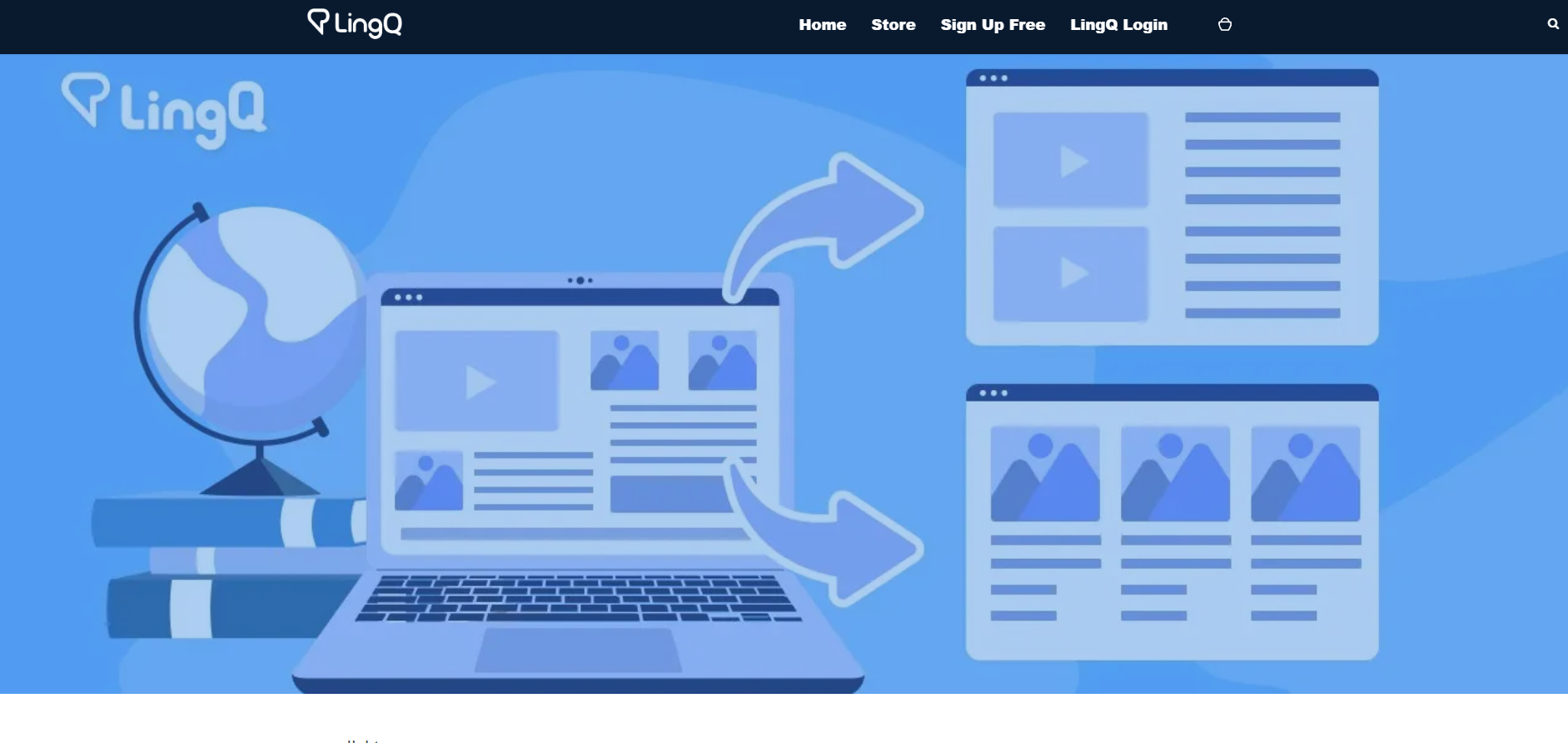
LingQ emphasizes learning through content you enjoy. You can import articles, podcasts, or videos, and the platform turns them into interactive lessons. Its AI tutor helps with vocabulary and comprehension, making it easier to learn English through real-life material rather than isolated drills.
- Pros: It lets learners study with authentic content they’re interested in, automatically converts materials into interactive lessons, and uses AI tutors to support vocabulary and comprehension.
- Cons: Requires time to select and import content, and AI explanations may not fully replace a human teacher’s guidance.
Best for: Self-motivated learners who prefer authentic reading or listening material over textbook exercises, and teachers looking to personalize lessons with real-world content.
How to use in class: Import articles or podcasts related to your syllabus, assign them as interactive lessons for homework or in-class activities, and use the AI tutor’s feedback to guide vocabulary and comprehension discussions.
Free AI Tools for English learners
Not every learner wants to pay for a subscription. Fortunately, several free AI-powered tools provide strong support:
- Grammarly (free version): Helps improve writing by catching grammar and spelling errors in emails, essays, and social media posts.
- YouTube AI subtitles: Watching videos with AI-generated captions builds listening comprehension and exposes learners to native speakers.
- Duolingo (free version): Offers gamified lessons with limited features, but is still a great way to build a daily habit.
Free tools often come with ads or fewer features, but they are excellent for beginners or those on a budget.
AI Tools for Kids
Children learn best when they are engaged. AI-powered apps for kids use games, rewards, and colorful characters to make English practice enjoyable.
- Duolingo for Kids: Simplifies lessons into playful activities.
- Lingokids: Uses AI features to adapt lessons to a child’s level while keeping the experience fun.
For parents and teachers, the key is balance. Screen-based practice should be paired with real-world conversations so children can apply their new language skills in daily life.
How to Choose the Right AI English Learning Tool
The best tool depends on your goals, budget, and learning style. Ask yourself:
- What is my goal? Do you want to improve speaking fluency, writing accuracy, vocabulary, or prepare for exams?
- What is my budget? Free tools are a good starting point, while premium versions often provide more depth.
- What keeps me engaged? Some students prefer structured lessons, others enjoy games, and some thrive with open-ended conversation practice.
Consistency matters more than the specific app you choose. The right tool is the one you will use regularly.
The best choice depends on your age, goals, and budget. All of these platforms can support steady progress. What matters most is building a consistent practice routine and choosing tools that keep you motivated.
Looking for the perfect AI-powered companion for your learning journey? Create with TeachShare and explore our posts on how AI is reshaping education. Plus, the best (and only the best) tools for students to keep building their learning toolkit.
Frequently Asked Questions
What are the best AI language learning apps for English learners in 2025?
The best app depends on your goals, but top options include TeachShare, ChatGPT, Duolingo Max, Elsa Speak, Practika.ai, and LingQ with AI tutors. These language learning apps use AI to personalize lessons, support speaking practice, and make language learning more engaging.
How do AI chatbots help with English language practice?
AI chatbots such as ChatGPT and Practika.ai act like a real person for conversation practice. They let you role-play everyday scenarios, from ordering food to job interviews, while giving instant feedback on grammar, pronunciation, and vocabulary. This kind of personalized learning helps learners build fluency and confidence.
Are there free AI tools for English language learning?
Yes. Free language learning apps include Duolingo (basic version), Grammarly, and YouTube with AI subtitles. While premium versions of the best apps often offer deeper personalized learning, free tools are a great way to build habits and get started without extra pricing concerns.
How can I choose the best app for learning English on Android or iOS?
Most of the top language learning apps, such as Elsa Speak and TeachShare, are available on both Android and iOS. When comparing, look at your goals (speaking vs writing), pricing options, and how each app delivers personalized learning. The best app is the one you’ll use consistently and that feels like it was designed for your needs.
Answer



